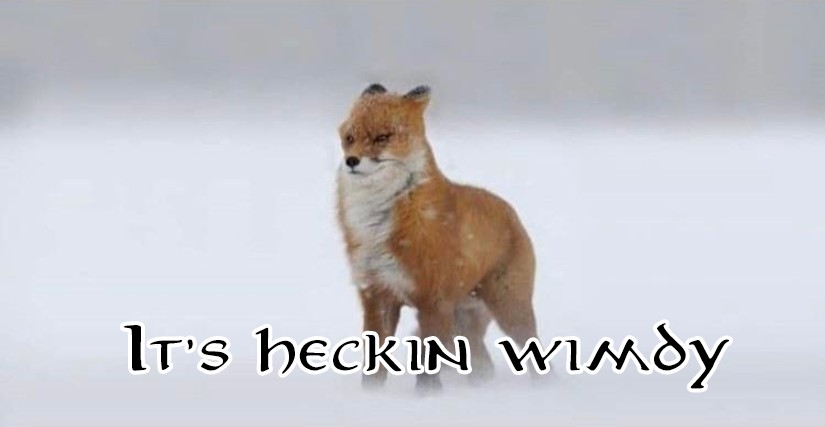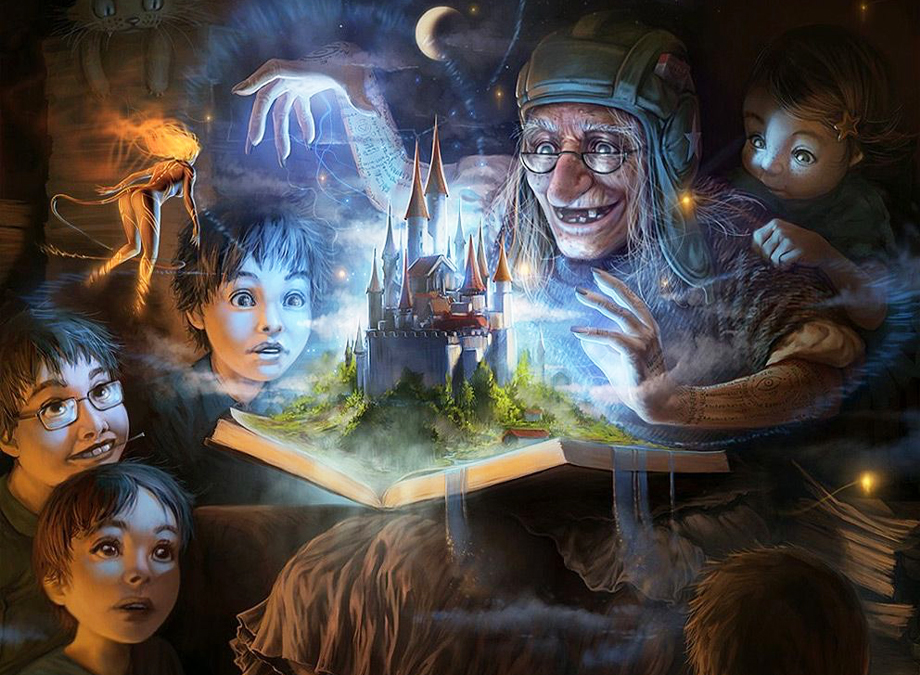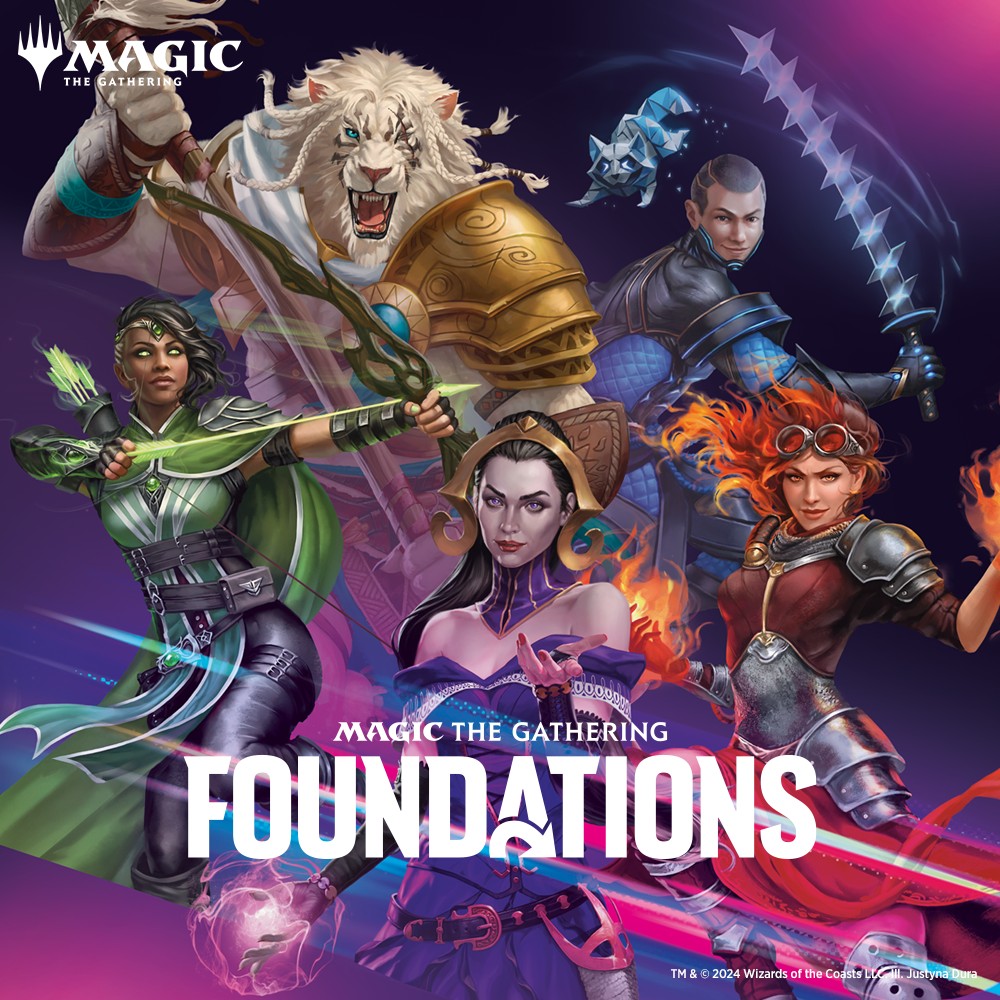More Description-y Descriptions
Picture this: You and your friends are sitting around a familiar table, laughing, snacking, and telling stories with dice. You have prepared for your friends an exciting adventure this Saturday afternoon. Their characters are out trekking across the vast wilderness on an epic quest, but a storm is approaching. The horizon darkens and the scent of rain is in the air. Birds and beasts seem to sense its impending arrival as you notice the sounds of the forest start to grow silent. This, however, is no regular storm. It is conjured by a great and terrible mage (that you may refer to as - Tim). You want to explain this storm in a way that they realize it is no regular storm. You want them to imagine the size of this thing in such a way that they can feel the wind and rain pelting their skin and the chill in their bones, in a way that they can smell the rain-soaked trees and grass and earth around them, in a way that they can hear the booming, echoing thunder in their minds - as if it were real. Beginning to describe the scene to your friends, this is what comes out of your mouth:

Sometimes the words are just not there.
Our role as Dungeon Masters is multi-faceted, but one of the most crucial tasks we have is to describe things to people. We need to describe entire realms, situations, environments, and multiple, distinct characters in such a way that several people around a table (physically or virtually) can simultaneously create a shared mental image that is vivid enough for them to interact with. Oh, and we often have to improvise these descriptions on-the-fly, because of course, your players want to go and find the shop that sells flying cats!
Descriptive writing like this, which evokes strong mental images, is a skill that full-time authors spend years honing and perfecting. So, how are we supposed to do this for a game that we play with our friends in the basement? Well, nobody is expecting Tolkein-esque levels of scene-setting, but there are a few things you can do to improve your descriptions in D&D and help bring your world to life for your players.
Read more
There is a reason that at the back of the Dungeon Master's Guide there is a list of recommended books you should read for further inspiration. For many people, this is the easiest way to improve your descriptions. By reading the fine work of others and imitating it, you can start to get the feeling of what goes into a description that creates strong mental imagery. The next time you read something that really strikes you, go back and analyze the paragraph a little. What were the elements that really made the scene jump off the page for you? For me, small things that give depth to the environment really make a story come alive. Things that go beyond just describing the physical appearance of the character you are talking to, and subtly hint at the things you aren't interacting with directly. Birds or wildlife you hear in the distance, the mood of the other patrons at the tavern, or the smell of food wafting to you from elsewhere down the street. By reading, we can find those techniques that speak to us and emulate them in our own games.
You can also use this site that I found recently. It's relatively new, but it is built specifically to help DMs and GMs write descriptions for the various elements in their games. You can either use the descriptions they give there verbatim, or you can use it for inspiration (or both!) but either way, it's a good little resource to keep tucked away for when you are at a loss for words and need a little nudge in the right direction.
Appeal to the senses
This is probably the most common advice you will hear on the topic. Using all five senses in a description will help immerse your players in the world. In addition to what they see, what can they hear? Are there any smells? What do the walls feel like? What does their ale taste of? As a rule of thumb, it is a good idea to incorporate at least 3 senses in any description. Sight will likely be the most common one and taste probably the hardest to work in there (I don't recommend that your players taste too many things when they're in a dungeon, or fighting a dragon...) but try to vary it as much as you can. You can talk about their sense of vertigo as they look over a large cliff, or feeling the wind blowing down a mountainside.
Expand Your Vision
Look up, down and all around and find the thing(s) that best capture what you're describing. Imagine yourself in that place and try to think of all the different things that might need to be there, and what sensations they would cause. Do the torches gutter in a drafty corridor? Is there dripping water they can hear or smell? Are there small animals making noises in the walls or something more sinister lurking in the shadows and rattling the chains? Instead of describing a farmer as hard working, describe the callouses on their hands and the state of his footwear.
Get Friendly with the Thesaurus
You can improve a description almost instantly by replacing a more common word with a synonym. Don't go too overboard here, you don't want to be 'superfluously verbose', just add enough variety to keep it interesting. When you want to say that it is raining a lot, try 'pelting' or 'hammering' instead. Adjectives are your friend, and don't be afraid to use them in interesting or unusual ways. "The guard's barnlike body" gets across the image immediately.
Use photos
You know the saying. "A picture is worth 1,000 words". Sometimes it's just easier to find a photo of the thing you're trying to describe than to actually describe it. This is much easier now that everyone carries a little picture sharer in their pockets, and is particularly compatible with the online format that so many of us are using these days. It's probably best to have a good mixture of both text and photos in your game, but your players might actually prefer photos to descriptions. You can also use the photo to get across the visual aspects of the scene, but use description to add additional depth by describing the other senses that go along with the photo. Another great use of a photo is for inspiration. You can give your imagination a little kick-start by browsing through some pictures and portraits.
Some great sites for finding D&D and RPG related photos:
- Deviantart
- Art Station
- Google Images
- Pinterest (really!)
- Art Breeder
That last one, Art Breeder, is particularly cool. It uses AI to merge different images together and can create some really interesting combinations. I've definitely spent more time than I care to admit going down that particular rabbit hole! It will do both character art and landscapes, so it's highly useful. Play around with it a bit and you can get some very cool stuff!
Write things out ahead of time
If you're like me, I have lots of ideas ahead of time, but freeze in the moment (It's heckin' wimdy...). Don't feel like you're cheating if you write things out ahead of time. In published adventures, boxed text exists for exactly this reason. If you write your own, that's pretty awesome! Keep it to a few sentences for intros to new NPCs or locations, but feel free to write our longer descriptions for extended journeys or other cinematic moments in the adventure. Be careful with these though, the players should be the action stars, so don't have too many sweeping montages where the players don't get to do anything.
Dungeons and Dragons is a game of imagination, and inspiring your player's imaginations is hard work!! If this is an area you struggle with, don't worry. Nobody expects you to be an award-winning novelist. Try out a few (or even one!) new descriptions in your preparation for your next game and see how it goes. You'll start to get the hang of it in no time.
That's all for today everyone! Wishing that your descriptions be increasingly description-y, and don't forget, there are 20 sides to every story!
-The Intrepid Adventurer


